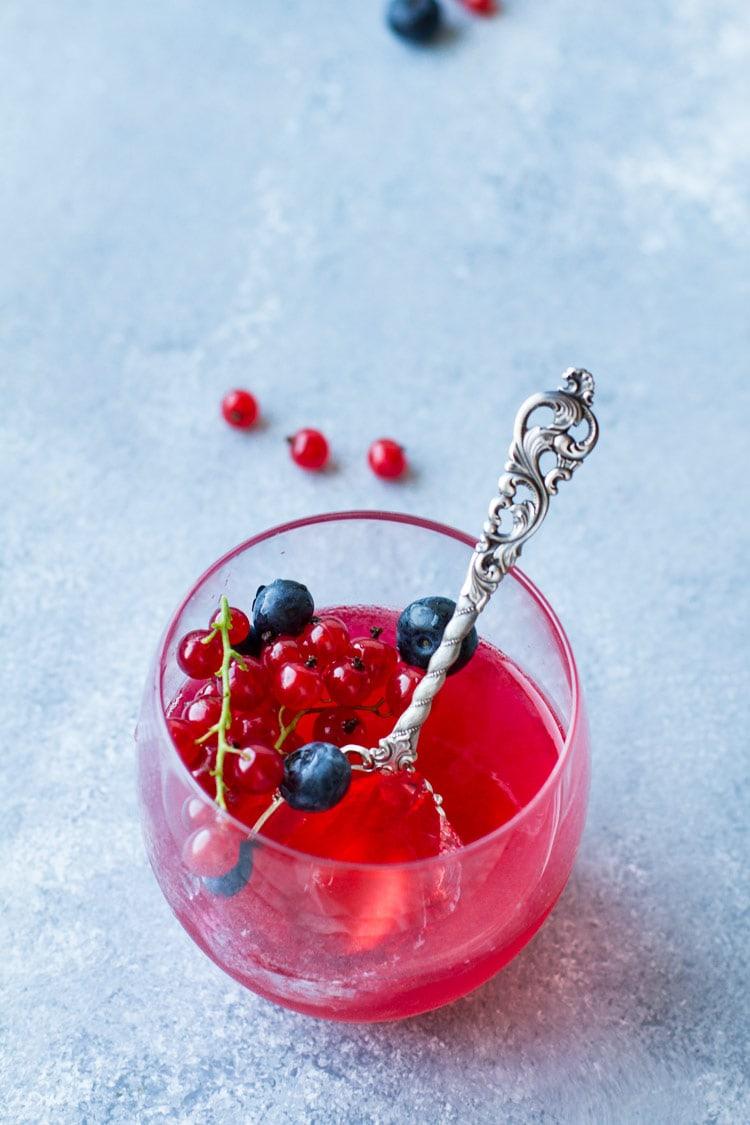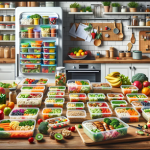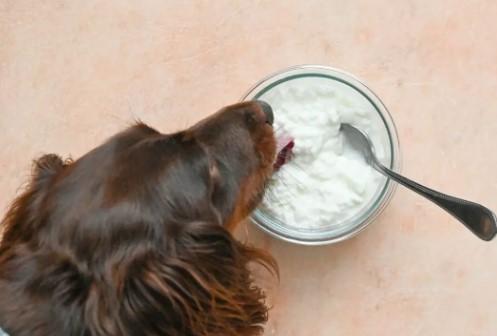
Jelly is a delicious, sweet treat that many of us enjoy as children in PB&J sandwiches, and it usually remains a staple of our cabinets in adult life, too. It is made by extracting fruit juice and cooking it with pectin and sugar until it thickens into a spreadable yet firm texture. Typically speaking, jelly is made from whole fruits, including the skins and seeds, too. Some of the most popular fruits to make jelly from include raspberries, cranberries, and grapes. The taste you get from homemade jelly won’t be the same as what you buy from stores in branded preserve packaging, as the flavors will be incredibly complex, making for a more enjoyable dining experience.
Three Ingredients Needed to Make Jelly
As far as ingredients are concerned, making jelly is a relatively simple process, as you’ll only require three ingredients, which have already been mentioned: fruit, pectin, and sugar. When making jelly for the first time, you’re going to want to use acidic fruits with a high pectin content, including currants, grapes, lemons, gooseberries, blackberries, cranberries, and apples.
The high pectin content is important, as this allows for the creation of a smooth gel. If you’re using low-pectin fruits (such as strawberries), you’ll need to use some commercial pectin, too, or a high-pectin ingredient like lemon juice.
The creation of a gel-like texture relies on the sugar working with the pectin, meaning having the right measurements is essential. For instance, not enough sugar will mean that the jelly doesn’t set. Too much sugar will result in a stiff jelly.
Equipment Needed to Make Jelly
Fortunately, you don’t need a long list of ingredients to make jelly. In fact, all you’ll require is a heavy-bottomed large pot, jelly jars, a heatproof spatula/wooden spoon, and (potentially) a jelly bag. A heavy pot is important for preventing the fruit from scorching over the heat, while a large surface area provides room for evaporation. After all, making jelly means reducing the water in the fruit, and a thick-bottomed pot means that a longer cooking time won’t necessarily result in burning.
Naturally, after making your jelly, you’ll need somewhere to store it. Heat-proof sealable glass jars are your best bet for this. This is because glass is easily sterilized, and your jelly will initially be hot when being transferred into the jars. Similarly, sealing is important for preventing mold from forming.
You’re going to want to stir your jelly occasionally to prevent hotspots and burning, but your utensils need to be up to scratch for doing so. This means that you don’t want utensils that will heat too quickly, nor do you want utensils that chemically react with acidic foods.
Lastly, a jelly bag might not be needed, but some people prefer to strain their fruit for a neater outcome.
Can You Make Jelly without Pectin?
As previously mentioned, pectin is essential for the jelly-making process. Therefore, if you’re not using commercial pectin, you’ll need to use high-pectin fruits, instead. If you’re looking to make a low-sugar jelly, it will require more pectin to set, though.
Top Tips for the Perfect Homemade Jelly
Some of the top tips for making the best jelly include using fresh fruit, using a jelly bag, and using a non-reactive pot. Therefore, you should only use fruit that’s in season if you want to avoid the use of frozen fruit. Otherwise, you run the risk of spoiled or overripened fruit, which won’t taste good in your jelly. We’ve previously touched on how jelly bags can make for a neater jelly, and a non-reactive pot means that your jelly won’t be left with a metallic taste.
Latest Articles
 Ways To Create Unique Cosplay OutfitsIn FashionMay 7, 2024Cosplay is popular among fans of certain movies, TV […]
Ways To Create Unique Cosplay OutfitsIn FashionMay 7, 2024Cosplay is popular among fans of certain movies, TV […] Mastering the Art of Machine Vision: Choosing the Perfect Lens for Optimum PerformanceIn TechnologyMay 2, 2024Key Takeaways: Machine vision is a technology that […]
Mastering the Art of Machine Vision: Choosing the Perfect Lens for Optimum PerformanceIn TechnologyMay 2, 2024Key Takeaways: Machine vision is a technology that […] Unlocking Success: Mastering Bank PO Interview PreparationIn EducationApril 24, 2024For banking careers, PO interviews stand as formidable […]
Unlocking Success: Mastering Bank PO Interview PreparationIn EducationApril 24, 2024For banking careers, PO interviews stand as formidable […] The Strategic Value of Purchasing FontsIn TipsApril 18, 2024In today’s visually driven world, fonts are more […]
The Strategic Value of Purchasing FontsIn TipsApril 18, 2024In today’s visually driven world, fonts are more […] Revolutionizing Business: How AI Transforms Customer Experience in the Inflatable IndustryIn BusinessApril 16, 2024Inflatable water slides are the epitome of summer fun, […]
Revolutionizing Business: How AI Transforms Customer Experience in the Inflatable IndustryIn BusinessApril 16, 2024Inflatable water slides are the epitome of summer fun, […] Most Asked Microservice Interview Questions For 2024In TechnologyApril 2, 2024To keep up with changing trends in the tech industry […]
Most Asked Microservice Interview Questions For 2024In TechnologyApril 2, 2024To keep up with changing trends in the tech industry […] Best JavaScript and CSS Library In 2024In TechnologyApril 2, 2024With the ever-expanding functionality of web […]
Best JavaScript and CSS Library In 2024In TechnologyApril 2, 2024With the ever-expanding functionality of web […] Front-End Development Trends to Follow in 2024In TechnologyApril 2, 2024For better engagement, the front-end development of […]
Front-End Development Trends to Follow in 2024In TechnologyApril 2, 2024For better engagement, the front-end development of […] Simplifying Mealtime: Meal Prepping for a Family of FourIn UncategorizedMarch 22, 2024In the hustle and bustle of daily life, planning and […]
Simplifying Mealtime: Meal Prepping for a Family of FourIn UncategorizedMarch 22, 2024In the hustle and bustle of daily life, planning and […] How to Freeze Dry Candy With And Without a Machine?In FoodFebruary 27, 2024A candy lover constantly searches for novel and […]
How to Freeze Dry Candy With And Without a Machine?In FoodFebruary 27, 2024A candy lover constantly searches for novel and […] How to Get Something Out Of Your Eye Immediately?In healthFebruary 27, 2024Getting something inside your eyes can be frustrating […]
How to Get Something Out Of Your Eye Immediately?In healthFebruary 27, 2024Getting something inside your eyes can be frustrating […] The Evolution of Remote Control Technology: From RC Cars to DronesIn TechnologyFebruary 22, 2024Remote control technology has come a long way since […]
The Evolution of Remote Control Technology: From RC Cars to DronesIn TechnologyFebruary 22, 2024Remote control technology has come a long way since […]
stopie.com is a participant in the Amazon Services LLC Associates Program, an affiliate advertising program designed to provide a means for sites to earn advertising fees by advertising and linking to Amazon.com.
Clicking on an Amazon link from stopie.com does not increase the cost of any item you purchase.
We will only ever link to Amazon products that we think our visitors may be interested in and appreciate learning more about.


